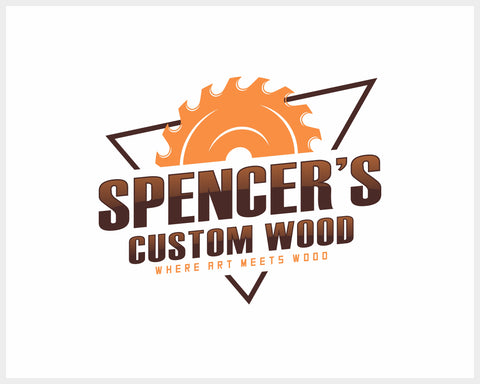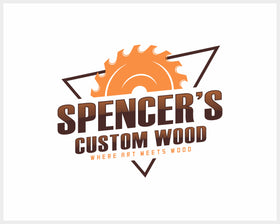Wood Charcuterie Boards: Elevate Your Culinary Experience
Wood charcuterie boards have become a staple in modern food presentation, capturing the attention of food enthusiasts and culinary connoisseurs alike. These exquisite and versatile boards not only enhance the visual appeal of your spread but also provide a rustic charm that adds to the overall dining experience. In this blog, we will delve into the world of wood charcuterie boards, exploring their benefits, various types, care instructions, and creative ways to create stunning charcuterie displays.
- Why Choose Wood Charcuterie Boards? Wooden charcuterie boards offer numerous advantages that make them a popular choice among food lovers. Explore the following benefits:
a. Aesthetic Appeal: The natural grains and textures of wood lend a warm and inviting aesthetic to your presentation, creating an enticing backdrop for an assortment of delicious treats.
b. Versatility: Wood charcuterie boards come in various shapes, sizes, and types of wood, offering flexibility to accommodate different culinary creations, from cheeses and cured meats to fruits and nuts.
c. Durability: High-quality wooden boards are known for their durability, ensuring they can withstand regular use and maintain their beauty over time.
d. Natural Antibacterial Properties: Certain types of wood, such as bamboo and acacia, possess inherent antibacterial properties, making them a hygienic choice for serving food.
- Types of Wood Charcuterie Boards: Wooden charcuterie boards come in a wide range of options, each with its unique characteristics. Here are a few popular choices:
a. Bamboo: Known for its sustainability and strength, bamboo boards are lightweight and feature a distinct grain pattern, making them visually appealing.
b. Acacia: With its rich, dark tones and elegant patterns, acacia wood brings a touch of sophistication to your charcuterie display. It is also highly durable and resistant to water damage.
c. Walnut: Walnut wood boasts a deep, rich color and beautiful figuring. It offers a luxurious appearance and pairs well with a variety of foods.
d. Maple: Maple wood offers a lighter, more subtle look. It has a smooth grain and can add a contemporary feel to your presentation.
- Caring for Wood Charcuterie Boards: Proper maintenance is crucial to ensure the longevity and quality of your wood charcuterie boards. Follow these care instructions:
a. Hand Washing: Avoid submerging the board in water or using a dishwasher. Instead, gently hand wash with warm, soapy water and a soft sponge. Rinse thoroughly and dry immediately.
b. Oiling: Regularly oil your wooden boards using food-grade mineral oil or specialized cutting board oil. This helps prevent moisture absorption and keeps the wood nourished.
c. Stain Removal: For tough stains or odors, sprinkle coarse salt on the board and rub it with half a lemon. Rinse, dry, and oil the board afterward.
- Creative Charcuterie Board Ideas: Transform your charcuterie board into a culinary masterpiece with these creative ideas:
a. Theme-based Displays: Create themed boards like Mediterranean, Italian, or seasonal-inspired assortments that incorporate complementary flavors and colors.
b. Garnish with Fresh Herbs: Add a pop of freshness by garnishing your board with fragrant herbs like rosemary or thyme. Not only do they enhance the visual appeal, but they also infuse the foods with delightful aromas.
c. Textural Variety: Combine a variety of textures by incorporating a mix of soft cheeses, crunchy nuts, crispy crackers, and velvety spreads. This creates an exciting sensory experience.
d. Artful Arrangements: Experiment with different shapes and patterns when arranging your charcuterie items. Alternate between slicing, folding, and stacking




Leave a comment